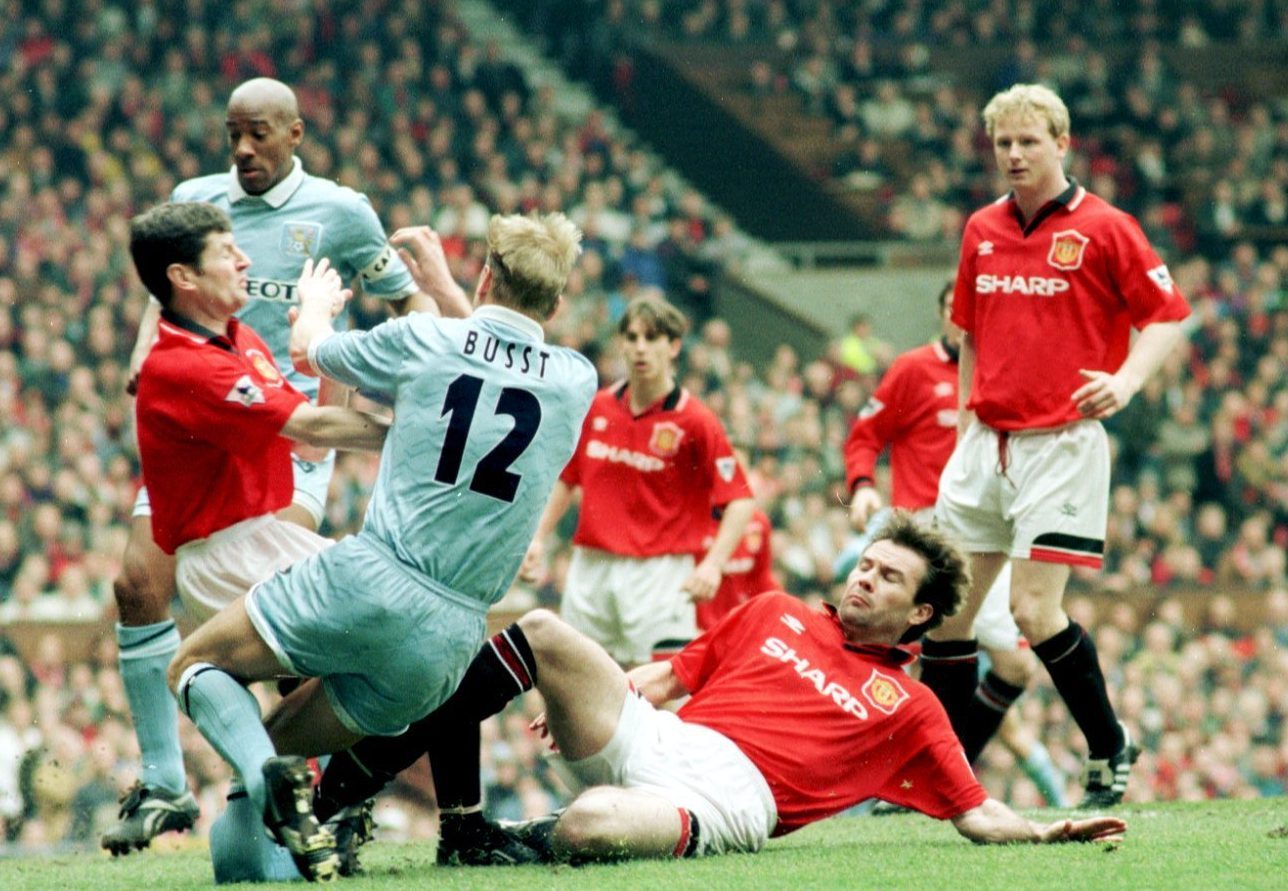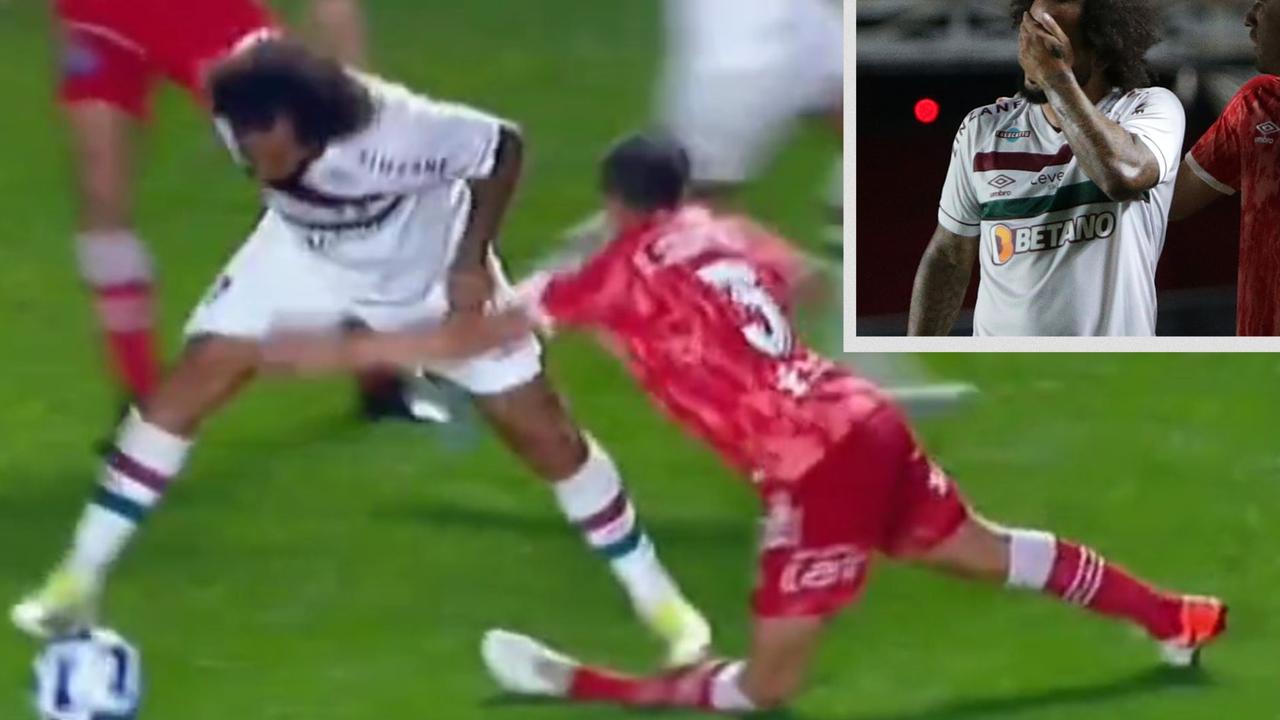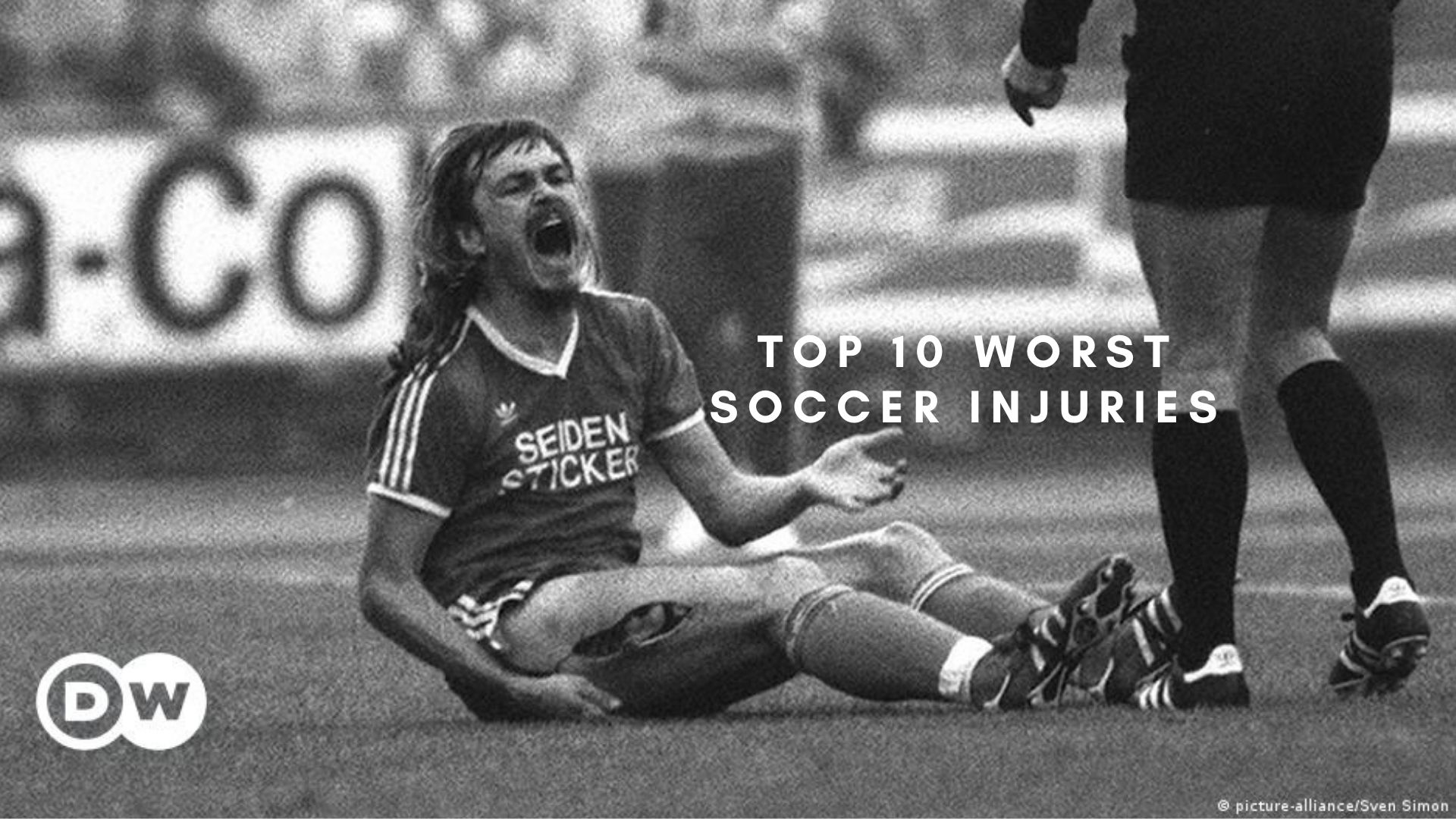Unveiling The Dark Side Of Soccer: The Worst Injuries In The Game
Soccer, known as football in many parts of the world, is a beautiful game that unites millions of fans and players alike. However, the sport is not without its dangers. With high-speed plays, intense physical contact, and the relentless pursuit of victory, soccer injuries can range from minor sprains to catastrophic events that permanently alter a player's life. As we delve into the realm of soccer injuries worst, it becomes crucial to understand not only the types of injuries that can occur but also the impact they can have on the athletes and the sport itself.
In recent years, the discussion surrounding soccer injuries has gained momentum, particularly with an increased awareness of their long-term effects. The most severe injuries can sideline players for extended periods or even lead to early retirement. Fans and aspiring soccer players need to be cognizant of these risks, as they can serve as cautionary tales in the pursuit of glory on the pitch.
As we explore the stories of players who have faced the soccer injuries worst, we will also highlight preventative measures and recovery strategies that can help mitigate risks. Understanding the gravity of these injuries not only educates the public but can also inspire improvements in training, equipment, and medical protocols.
- What Is The Coquette Aesthetic
- Who Sings The Song Hey What Going On
- Karate Kid Cast Now Jaden Smith
- Why Was Family Guy Canceled
- Titanic Ocean Heart Necklace
What Are the Most Common Soccer Injuries?
Soccer injuries can be categorized into various types, but some are more prevalent than others. Here are some of the most common injuries that players endure:
- Sprains and strains
- Fractures
- Concussions
- Knee injuries (ACL/MCL tears)
- Hamstring injuries
- Ankle injuries
What Are the Worst Injuries in Soccer History?
While soccer injuries can occur at any moment, some injuries have gained notoriety for their severity and impact on players' careers. Let’s take a look at a few of the most devastating injuries in soccer history:
1. Eduardo da Silva's Leg Injury
In 2008, Arsenal striker Eduardo da Silva suffered a horrific leg break during a match against Birmingham City. The injury was so severe that it raised questions about the safety of the tackle that caused it. Eduardo's recovery was long and painful, and he faced significant challenges in returning to the pitch.
- Is Gladiator 2 A Sequel
- Sheryl Underwood Weight Loss Surgery
- Whats Wrong With Ozzy
- Ending Of The Sopranos Explained
- Zodiac Sign June 6
2. Ryan Mason's Skull Fracture
In 2017, Ryan Mason experienced a life-threatening skull fracture during a match between Hull City and Chelsea. The collision led to a career-ending injury that forced the talented midfielder to retire at an early age. Mason's experience highlighted the importance of concussion awareness in soccer.
3. Alan Smith's Double Leg Break
Former Manchester United player Alan Smith suffered a gruesome double leg break in 2006 during an FA Cup match. The injury was not only painful but also impacted his playing style and effectiveness on the field for years to come.
How Do Players Cope with Soccer Injuries Worst?
Recovering from severe soccer injuries can be a daunting task for any player. Here are some coping strategies that players often employ:
- Physical therapy: Engaging in rehabilitation exercises to regain strength and mobility.
- Mental health support: Working with a sports psychologist to deal with the emotional aftermath of an injury.
- Community support: Leaning on teammates, coaches, and family for encouragement during recovery.
What Preventative Measures Can Be Taken to Avoid Soccer Injuries Worst?
Prevention is better than cure, and this adage holds true in the world of soccer as well. Here are some effective strategies to minimize the risk of injuries:
- Proper warm-up: Engaging in stretching and conditioning exercises before games and practices.
- Using appropriate gear: Wearing the right footwear and shin guards to protect against impact.
- Prioritizing fitness: Maintaining optimal physical condition through regular training and conditioning programs.
What Role Does Coaching Play in Preventing Soccer Injuries Worst?
Coaches play a pivotal role in shaping players' approach to injury prevention. Here are some ways coaches can contribute to a safer playing environment:
- Educating players: Teaching proper techniques and the importance of safety.
- Implementing safe training practices: Ensuring that drills and practices don't expose players to unnecessary risks.
- Monitoring player health: Keeping an eye on players' physical conditions and addressing concerns promptly.
What Is the Future of Soccer Injuries Worst?
The landscape of soccer injuries is continually evolving, with advancements in technology and medical research paving the way for better prevention and treatment options. Here are some potential developments:
- Improved protective gear: Innovations in equipment that can better absorb impacts and reduce injury risks.
- Enhanced training programs: Incorporating injury prevention techniques into regular training regimens.
- Increased awareness: Growing recognition of the psychological impact of injuries on athletes and addressing their mental health needs.
Conclusion: The Impact of Soccer Injuries Worst on the Game
The grave reality of soccer injuries worst is that they can alter the trajectory of a player's career and the dynamics of the game itself. By understanding the common injuries, learning from past incidents, and implementing effective prevention strategies, players, coaches, and fans can work together to create a safer soccer environment. As the sport continues to grow and evolve, addressing the challenges posed by injuries will be crucial in preserving the beauty and integrity of soccer for generations to come.
Article Recommendations
- Woman Who Accused Emett Til
- Shampoo To Encourage Hair Growth
- The Cleaning Lady Arman Death
- Who Does Joey The Bachelor Choose
- Tyla Place Of Birth



Detail Author:
- Name : Grady Runolfsdottir I
- Username : rkoss
- Email : cummings.cora@gutkowski.com
- Birthdate : 1990-05-11
- Address : 4954 Cody Forks Apt. 029 Murphybury, NH 21606
- Phone : +14809421516
- Company : Little, Koch and Farrell
- Job : Recreation Worker
- Bio : Cum eligendi aut accusantium tempore et asperiores sed ipsam. Recusandae molestiae ipsum atque voluptate cumque sint sed.
Socials
instagram:
- url : https://instagram.com/turnerg
- username : turnerg
- bio : Ut culpa inventore dolorem minima sit consequatur eveniet. A harum et voluptas illo.
- followers : 5437
- following : 2180
facebook:
- url : https://facebook.com/georgianna_id
- username : georgianna_id
- bio : Est vitae cupiditate nobis molestiae maxime consequuntur non.
- followers : 1515
- following : 1285
linkedin:
- url : https://linkedin.com/in/georgianna_dev
- username : georgianna_dev
- bio : Harum ullam repudiandae in totam fuga.
- followers : 909
- following : 820